Headaches & neck pain: how can osteopathy and medical acupuncture help?
Millions of people suffer from headaches and neck pain, often caused by musculoskeletal issues. Whether it stems from poor posture, muscle tension, or even stress, these conditions can seriously affect your quality of life. While traditional treatments like medications or physical therapy can offer relief, a combination of osteopathy and medical acupuncture has shown to be highly effective in addressing the root causes of musculoskeletal headaches and neck pain.
In this post, we’ll explore how these two therapies work together to provide a holistic, non-invasive solution to musculoskeletal discomfort, helping you get back to your daily life pain-free.
Understanding Musculoskeletal Headaches and Neck Pain
Before diving into the treatment options, it’s essential to understand the nature of these conditions.
Musculoskeletal headaches are often caused by tension or strain in the muscles and joints surrounding the head, neck, and shoulders. Some common triggers include poor posture, stress, long periods of sitting.
Neck pain, similarly, can arise from mechanical or muscular problems, leading to stiffness, restricted movement, and discomfort. In some cases, neck pain may even radiate to the shoulders or upper back, further aggravating the condition.
How Osteopathy Helps Treat Headaches and Neck Pain
Osteopathy is a manual therapy that focuses on the body's structure and function, particularly the musculoskeletal system. Osteopaths use hands-on techniques to improve movement, reduce pain, and enhance the body’s natural healing ability.
In treating headaches and neck pain, osteopaths typically focus on:
Improving Joint Mobility
Osteopathy aims to restore mobility to stiff or misaligned joints in the neck, shoulders, and spine. Techniques like spinal manipulation and joint articulation can relieve pressure on the surrounding nerves, reduce tension, and improve blood circulation.Relieving Muscle Tension
Muscular tension in the neck, shoulders, and upper back can contribute to both headaches and neck pain. Osteopaths use soft tissue manipulation techniques such as massage, stretching, and gentle pressure to relax the muscles and promote better movement.Addressing Postural Imbalances
Many people experience neck pain and headaches due to poor posture, particularly from prolonged sitting. Osteopathy helps by correcting postural imbalances and providing exercises to improve your posture, reducing the strain on your neck and shoulders.Reducing Inflammation
Osteopathic techniques can help reduce inflammation in the affected muscles and joints, accelerating the healing process. This can be particularly beneficial if your pain stems from injury or overuse.
The Role of Medical Acupuncture
Medical acupuncture, also known as dry needling, is a technique that involves the insertion of fine needles into specific points of the body. While it is rooted in traditional Chinese medicine, medical acupuncture is often used by trained healthcare practitioners, such as osteopaths and physiotherapists, to target musculoskeletal pain.
Here’s how medical acupuncture can complement osteopathic treatment for headaches and neck pain:
Trigger Point Release
One of the key benefits of acupuncture is its ability to release trigger points, which are tight knots in muscles that can cause referred pain (pain felt in a different area of the body). For instance, tight muscles in the neck can lead to headaches. Acupuncture needles inserted into these trigger points can help to relax the muscle fibers, alleviating both local and referred pain.Stimulating Blood Flow
Acupuncture can increase blood flow to specific areas, promoting healing and reducing inflammation. For musculoskeletal headaches and neck pain, enhanced circulation can ease muscle tension and reduce stiffness, offering relief from pain.Rebalancing the Nervous System
When the body is stressed or in pain, the nervous system can become overstimulated, worsening the condition. Acupuncture helps to balance the nervous system, promoting relaxation and reducing the perception of pain.Reducing Stress and Tension
Headaches and neck pain are often exacerbated by stress, which causes muscles to tense up. Acupuncture is known for its ability to induce relaxation, both physically and mentally, making it an excellent tool for treating stress-related pain.
The Synergy Between Osteopathy and Medical Acupuncture
When combined, osteopathy and medical acupuncture offer a comprehensive approach to treating musculoskeletal headaches and neck pain. Here’s why this combination is so effective:
Addressing Both Structure and Function
Osteopathy focuses on the structural imbalances in the body, such as joint restrictionand muscular tension. Meanwhile, acupuncture works on a functional level by stimulating the body’s natural pain-relief mechanisms and enhancing circulation. Together, they tackle both the mechanical and physiological aspects of pain.A Holistic Approach
Instead of masking the symptoms, this combination therapy addresses the root cause of the pain, whether it’s due to poor posture, muscle tightness, or nerve irritation. Both treatments are non-invasive and drug-free, making them ideal for those seeking a natural solution.Immediate and Long-Term Relief
Osteopathy provides immediate relief by restoring mobility and reducing tension, while acupuncture promotes healing over time by improving circulation and stimulating the nervous system. When used together, they offer both immediate and long-term benefits.Tailored Treatment
Both osteopathy and medical acupuncture treatments are highly individualised. A skilled practitioner will assess your specific condition and create a tailored treatment plan that addresses your unique pain patterns, ensuring you receive the most effective care.
Combining osteopathy with medical acupuncture provides a powerful and holistic solution to musculoskeletal headaches and neck pain. While each therapy is effective on its own, their synergy allows for a more comprehensive approach, targeting both the mechanical and physiological causes of your discomfort. If you’re struggling with headaches or neck pain and are looking for a natural, non-invasive solution, consider exploring the benefits of these two complementary treatments.

